
“While there are inexpensive papers available, most of them aren’t suitable for a painter who’s serious about learning,” says Catherine Hillis. “Because these papers aren’t made of 100 percent cotton and have no ‘tooth,’ they can’t hold the paint in the fibers, and many of the techniques we use in the field simply won’t work. It’s a waste of time not to paint on quality paper that will allow you to practice technique — and commit to self-discovery. In any case, most professional-grade papers aren’t as expensive as you might think. And because of their durability and content, both sides of most good traditional watercolor papers can be painted on, giving you more ‘bang for your buck.’
“The paper that works best for you will depend on your style and personality. Take time to experiment. If you like texture, try rough paper or watercolor canvas, or make your own substrate by applying gesso or watercolor ground onto paper. If you prefer a slick surface, YUPO, hot-pressed paper, or Ampersand Artboard might be a better choice for you. If you intend to showcase your watercolor without a frame or mat, try Raymar Watercolor ACM Panels, any of the art boards or, again, try making your own. There are many options for mounting your preferred paper to different rigid surfaces before framing. For traditionalists, there’s a plethora of quality traditional watercolor papers available in cold-pressed, hot-pressed, or rough, and 140-lb. or 300-lb.
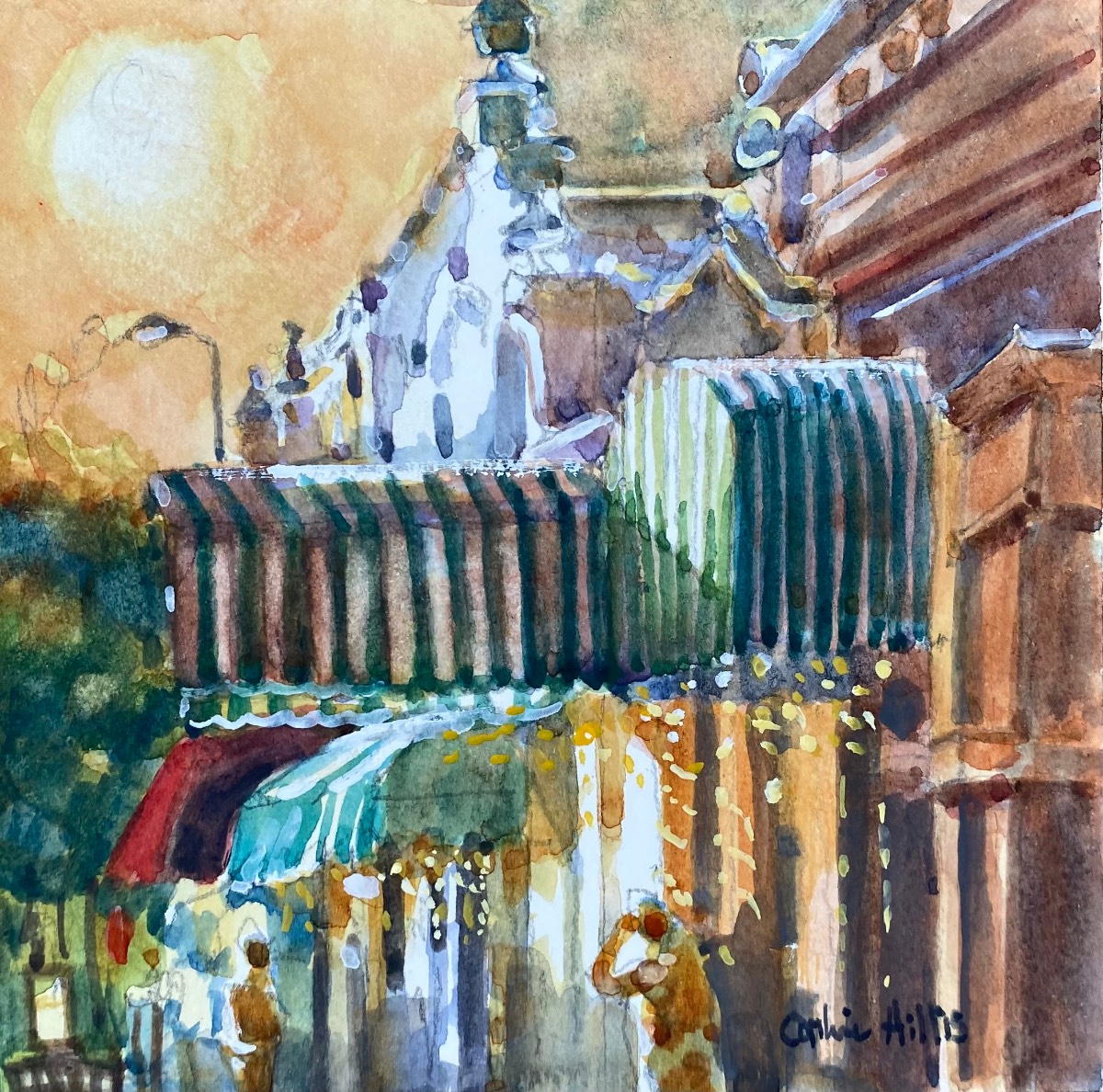
“Listed below are a few of the many substrates available for watercolor plein air painters.”
Traditional 140-lb. cold-pressed or rough papers: There are many excellent brands of professional-grade watercolor paper, and I usually find 140-lb. a good choice. When working outdoors, I clip my paper to a lightweight board so I can turn the loose paper around to allow for drips and movement of the paint, but paper can also be taped or stapled to a board if you prefer. When the landscape calls for it, I opt for rough paper so I can use the drybrush technique, allowing my brush to skip over the tooth of the paper.
Traditional 300-lb. paper: Heavyweight paper is a joy to work with, but it’s important to know that it won’t dry quickly. In the field, I clip it to a board just as I do with a lighter weight paper, but I approach the work with extra careful planning or take a hair dryer if I have access to an outlet. Although plenty of plein air painters use 300-lb. paper on location, I primarily use it in the studio.

Raymar Watercolor ACM Panels: I enjoy using these panels because the paper (extra white 140-lb. cold-pressed Artistico Fabriano) is already mounted on a rigid aluminum surface, allowing the panel to be sprayed with a fixative and framed without glass or mat. These panels are durable, but heavy. If I’m traveling by air or walking a long distance, that might make a difference.
Traditional 140-lb. hot-pressed paper: A hot-pressed surface is smooth and slick; it responds well to fast, expressive brushstrokes, but might not accept repeated washes.
Canson Plein Air Watercolor Art Board and Crescent Watercolor Board: Painting on art board often results in a looser look and unusual paint blends. The board absorbs paint unevenly, lending to surprises. I usually spray the finished product with Krylon Fixative and frame the piece without glass or mat. After several coats of Krylon spray, I’ll rub the surface with a coating of cold wax, which is buffed the next day, for a rich finish.
Ampersand Archival Artboard: This artboard has a clay surface that absorbs paint similarly to quality paper. The surface is somewhat slick, and makes lifting easy. I treat the finished piece to hang it without mat or glass.
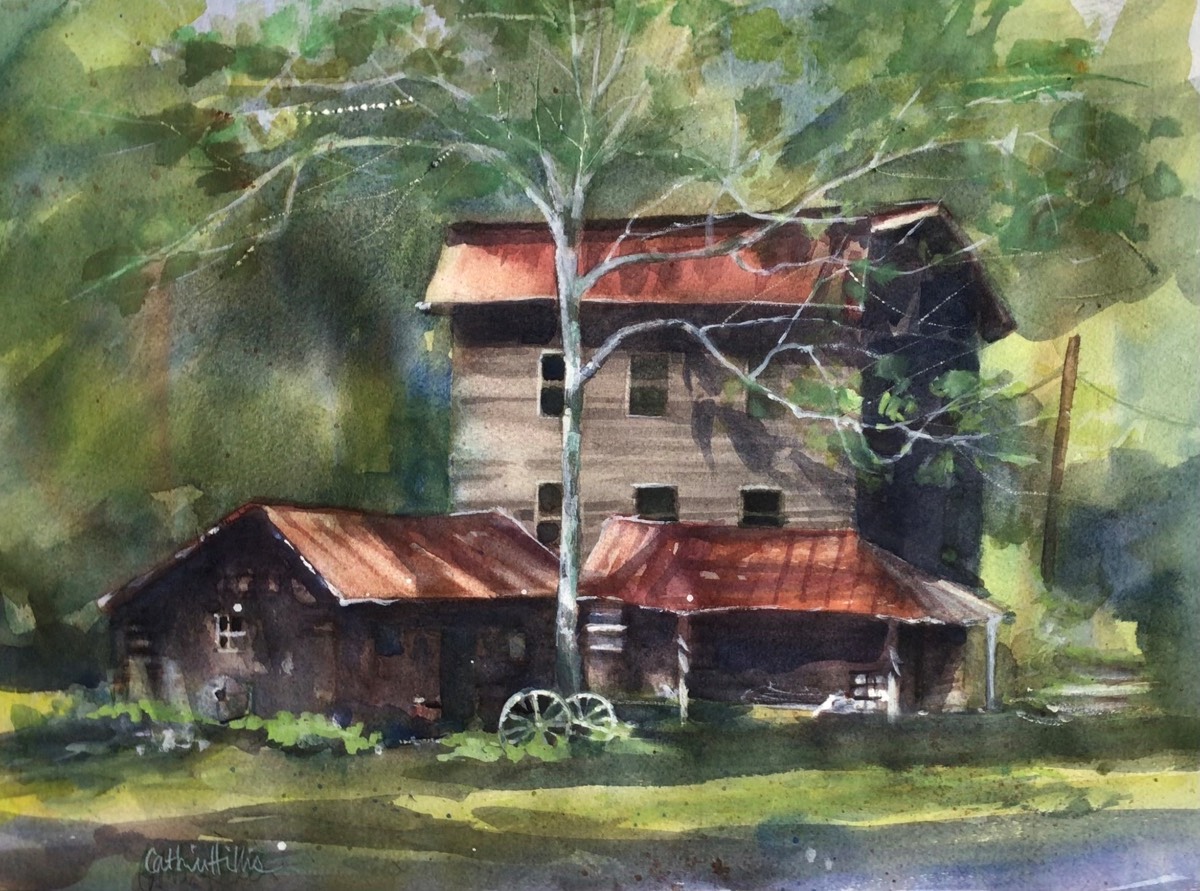
American Easel Watermedia Panels: This board has an acrylic surface and although it’s somewhat similar to cold-pressed paper, the absorbency is different. Lifting is easy on this surface as well, and the panel can be presented without a frame or mat after you’ve treated the surface with a permanent finish.
Frederix Watercolor Canvas: The canvas is adhered to a rigid board, and the surface is primed with gesso and ready for painting. The gesso lends a slippery feel to the surface, and the canvas texture will be evident. The finished surface can be preserved with permanent fixative.
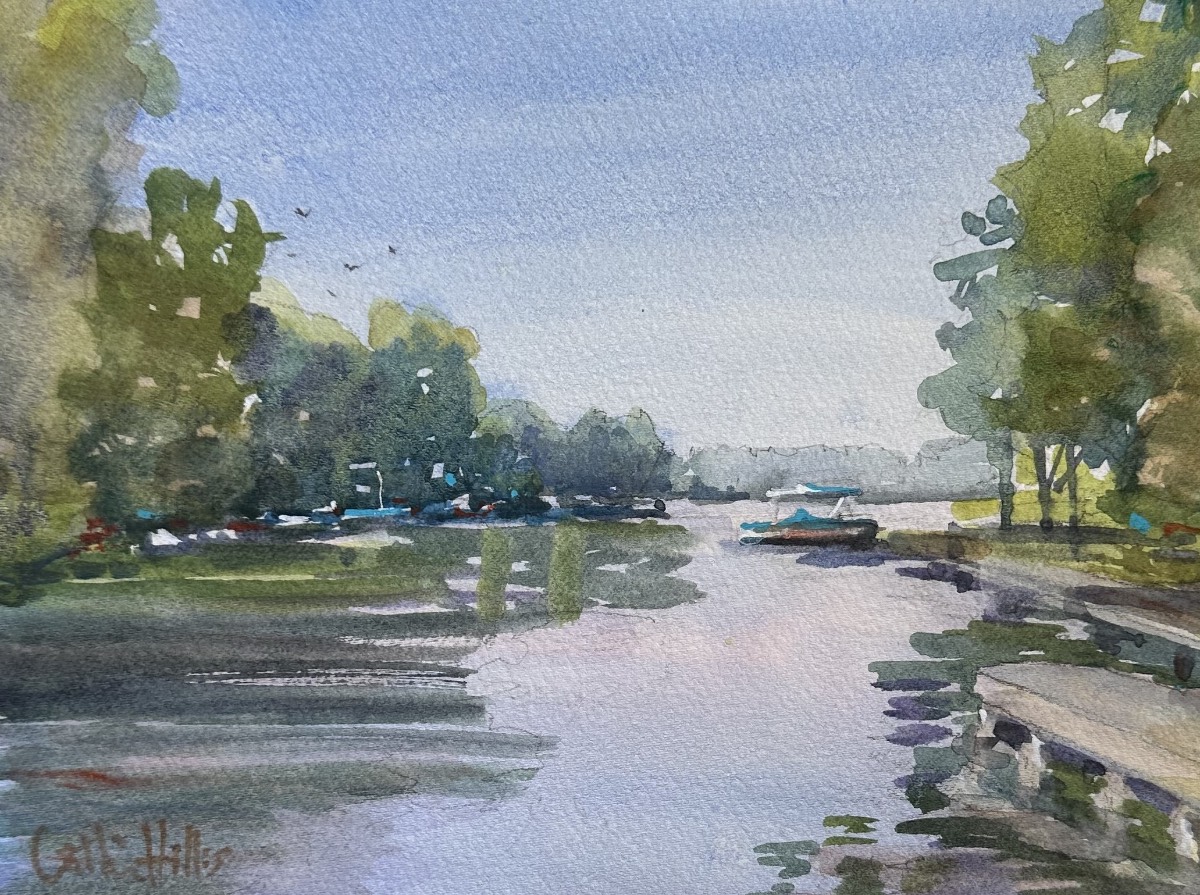
YUPO paper: Made of plastic, the surface of this paper is extremely slick. You must use very thick paint and cannot expect to build up multiple washes. A positive is that the paint can be wiped completely off the surface with water, and it’s great for achieving texture and more abstract styles. It’s best to frame YUPO under glass.
Whether you’re new to watercolor or just need a refresher, we’ve put together a lineup of top instructors to offer guidance on making the most of your materials and mastering essential techniques including, Basic Color Mixing, Painting Washes and Special Effects, Understanding Light and Shadow, and More! Reserve your spot now for the next Watercolor Live Essential Techniques Day!

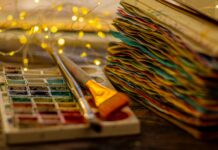
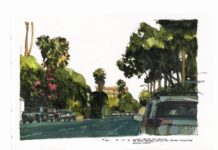
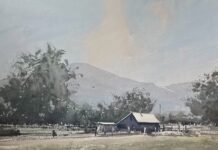




Thank you for reprinting my article. There are so many substrates available to the watercolor painter. Enjoy your watercress ventures, friends.
lol. Autocorrect didn’t like that. Enjoy your watercolor adventures.